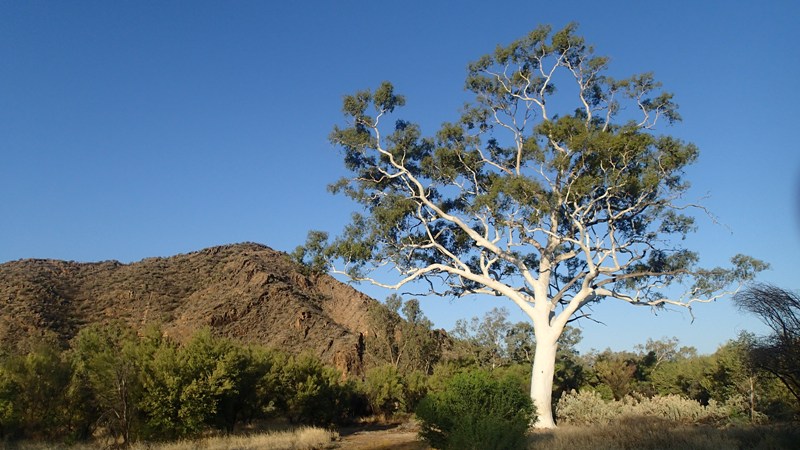Marcus Butler
20 September 2016: Australians could see suitable environments for the country's iconic eucalypt trees in decline within a generation, according to new international research led by the University of Canberra.
The findings, published in the journal Nature Climate Change, paint a stark picture with the habitat of more than 90 per cent of eucalypt species set to decline, with 16 species forecast to lose their home environments entirely within 60 years, due to climate change.
Associate professor Bernd Gruber of the University of Canberra's Institute for Applied Ecology (IAE), one of the co-authors of the report, said the study is the first to examine the impact of climate change on the distribution of a large group of closely related tree species on a continental scale.
"This study demonstrates the importance of not simply counting the number of species in biodiversity conservation, but also considering their evolutionary history, which determines how closely related species are to each other," Dr Gruber said.
"Using this approach we were able to identify hotspots that will contain high levels of eucalypt diversity under a changing climate, both in terms of the number of species and their reflection of the trees' evolutionary pathways. Protecting these hotspots will be important to ensure we retain biodiversity in the future.
"We predict that a three degree rise in temperature over the next 60 years would see a decline of suitable habitat for 91 per cent of the 657 species of eucalypts we studied.
"As a consequence, the distribution of many species will change, and we expect trees suited to temperate and southern Australia to be hit particularly hard, contracting to more climatically suitable areas further south or at higher elevations," he said.
"At least 16 species would have suitable climatic zones disappear altogether."
The research found that rare, evolutionarily ancient trees which have existed for a long time will feel the brunt of climate change.
"There will be a cascading effect on biodiversity, but the impact of climate change will certainly be felt by most of these iconic tree species," Dr Gruber added. "Our analysis suggests that only nine per cent of eucalypt species have the potential to increase their distribution over the same time period."
Dr Gruber's IAE colleague, Carlos González-Orozco, one of the lead authors now based in Colombia, acknowledged the important collaboration with world leading experts.
"Dr Andrew Thornhill formerly of the National Research Collections of Australia at CSIRO and now based at the University of California, Berkeley, obtained DNA from the leaves of over 700 eucalypt species, many of which are cultivated in Australian Botanic Gardens. This facilitated the task to gather material more easily to create the world's most complete evolutionary tree of Australian eucalypts," Dr González-Orozco said.
"I would also like to acknowledge Dr Laura Pollock currently at the Joseph Fourier University, Grenoble, France, for her work using super computer infrastructure to enable the modelling of the climatic distribution of all 657 species on a continental scale at a very high level of detail. These models are based on over 260,000 geospatial data points of eucalypt specimens stored in Australia herbaria and accessed through Australia's Virtual Herbarium."
The study was made possible via close collaboration with Australian and international scientists including experts from the University of Canberra; Colombian Agricultural Research Corporation- Corpoica; National Research Collections of Australia – CSIRO; University of California, Berkeley; Joseph Fourier University, Grenoble, France; National Science Foundation in the US; University of Melbourne; University of New South Wales; The Australian National University; James Cook University; Macquarie University; Griffith University; University of Queensland; and the Australian Museum.



